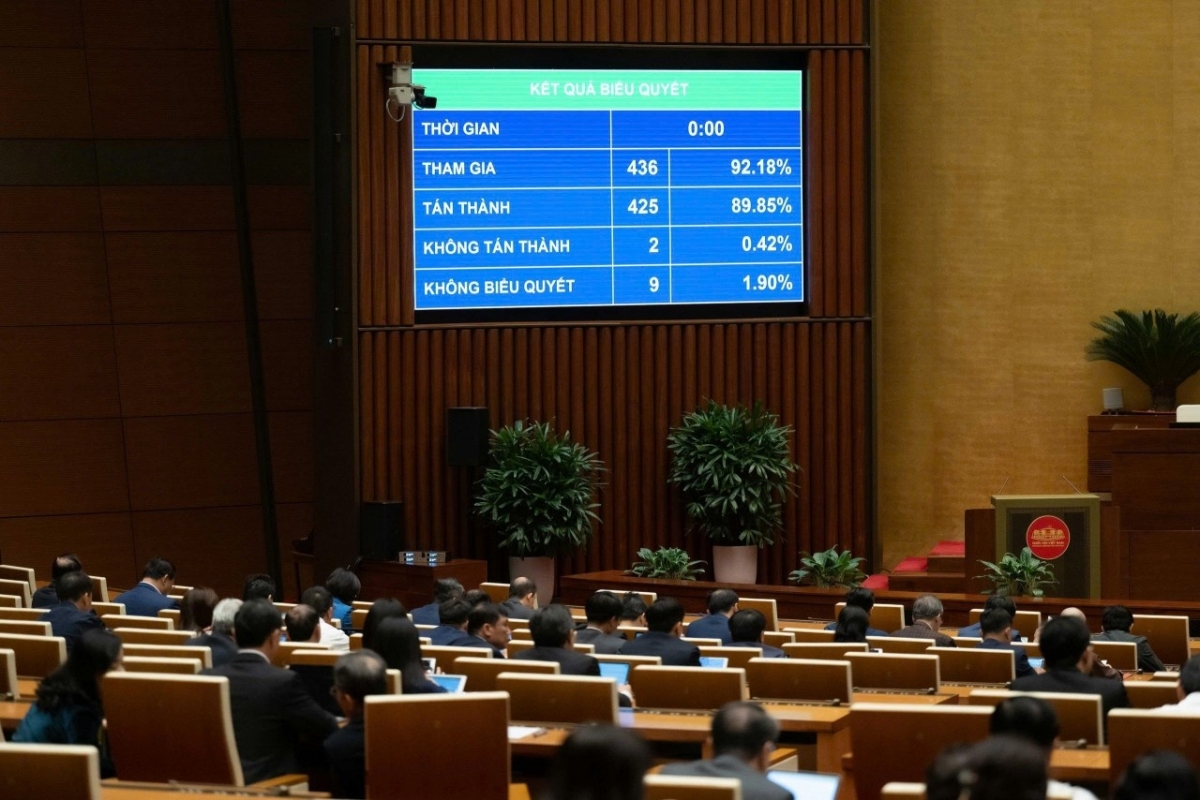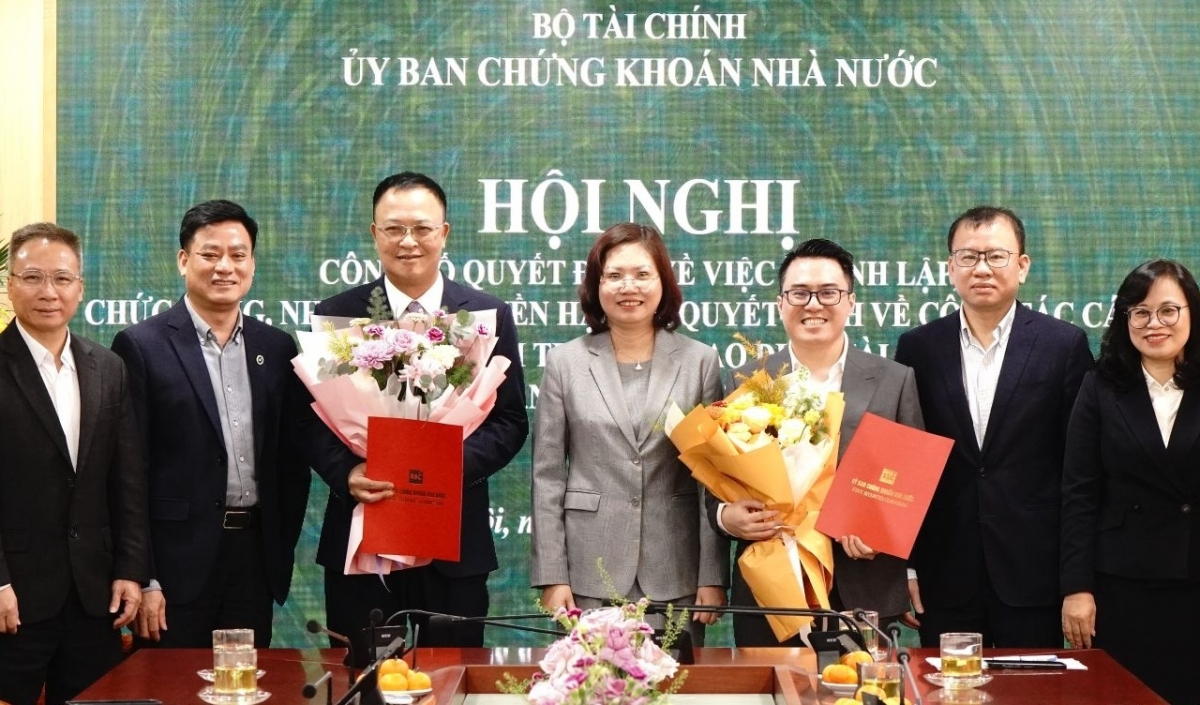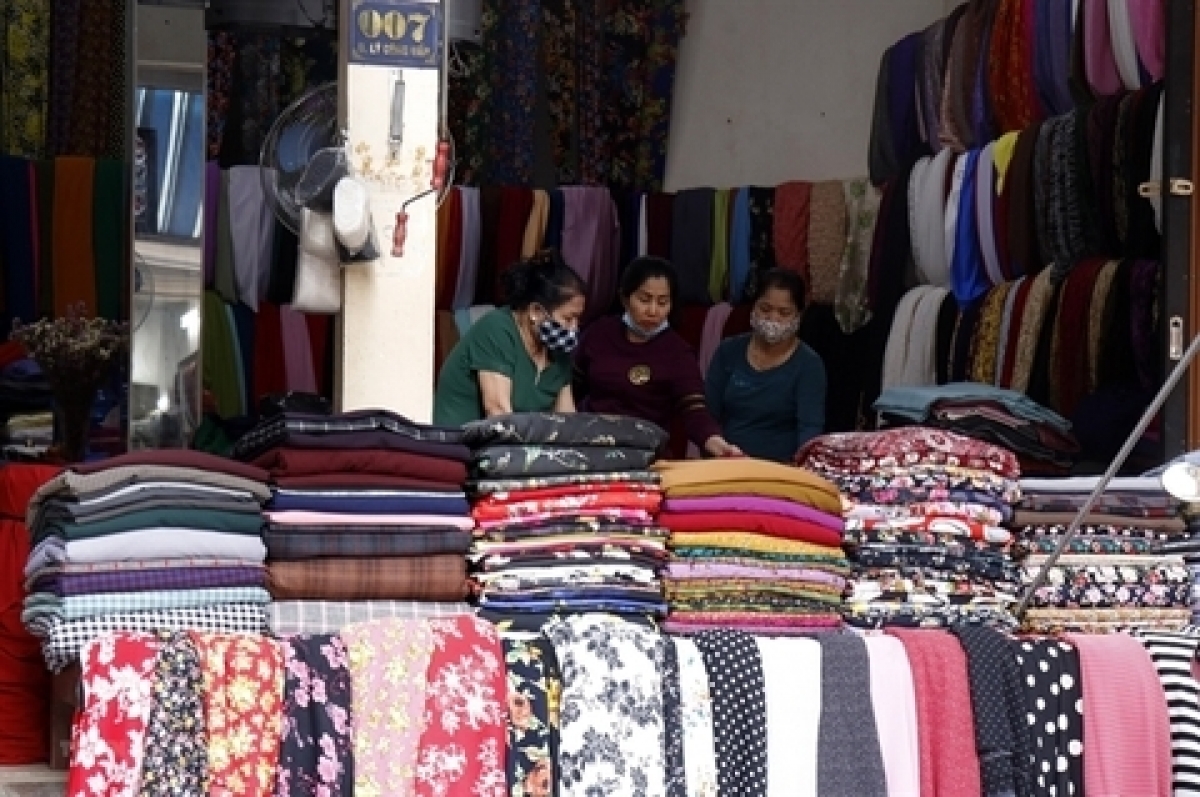INTERNATIONAL INVESTMENT
AND PORTAL
The just-approved Red River urban zoning plan expects to open opportunities in Hanoi for developers and investors to set up projects to utilise tens of thousands of hectares of land along its banks, which has been exploited inefficiently for years.
 A section of the Dong Ngan dyke in Dong Anh district of Hanoi (Photo: VNA)
A section of the Dong Ngan dyke in Dong Anh district of Hanoi (Photo: VNA)
Hanoi People’s Committee on March 31 issued Decision No.1045/QD-UBND approving the Red River zoning plan for a scale of 1/5000 section from Hong Ha Bridge to Me So Bridge, covering an area of nearly 11,000 hectares in 13 districts.
Bui Truong, partner and head of Roland Berger Vietnam told VIR that the approved plan is an attractive offer to developers and investors. “With a proper plan, the riverbank presents a good asset for any township development. As such, the Red River urban township will attract much attention from developers and investors,” Truong said.
He suggested that there should be some innovative ideas to redevelop the area. “It could be a mixed development zone, for example with an official river city that completes the area’s commercial and tourism construction. This will require careful planning to ensure flood mitigation without disrupting the river flow,” Truong said. “From a strategic point of view, the Red River urban township should have a combination of public green space and iconic buildings to attract tourists, combined with watersport activities and a vibrant retail area by the river.”
Tim Middleton, an architectural designer from Worklounge 03 - Vietnam, an architectural and sustainable design company, said that developers might now be more hopeful that the planning barriers to development will be lower than before. “However, I think many will remain sceptical regarding the land handover process as there is a significant number of people who live in the area. There are also some construction challenges when building near rivers and flood zones. If these can be overcome, there’s no doubt the site would be attractive both due to its prime location within Hanoi’s urban area and its potential value as a unique destination,” Middleton said.
According to Middleton, Hanoi also needs to increase its green areas to boost environmental health and the wellbeing of its citizens.
Currently, the city would only meet half of the Vietnamese standard for green space. A lot could also be learned from cities like Taipei, Tokyo, Singapore, and Sydney
“For this reason, the Red River plan should prioritise green infrastructure for sports, recreation, and cultural activities, such as by including walking and cycling paths, sports fields, parks, gardens, and agriculture,” he said. “The key is that areas zoned for parks and natural areas must not be overtaken by developers and closed off to the public for other purposes. Hanoi should also focus on creating value for the city and its citizens before thinking about tourism. A focus on green development will offer greater long-term opportunities and value that are much needed in Hanoi.”
Troy Griffiths, deputy managing director of Savills Vietnam, said that the synchronisation of urban planning has rightfully become a hot topic recently, not just in Hanoi.
“All cities and provinces are now required to have their planning submitted, with many undertaking global best practices to achieve this,” said Griffiths. “By planning strategically, the infrastructure and resources can be combined to create an optimised and sustainable outcome. With limited parklands and public space, the plans for the invigoration of the riverside will be a much-needed catalyst to develop Hanoi and other cities with a sense of place.”
By Bich Ngoc



















